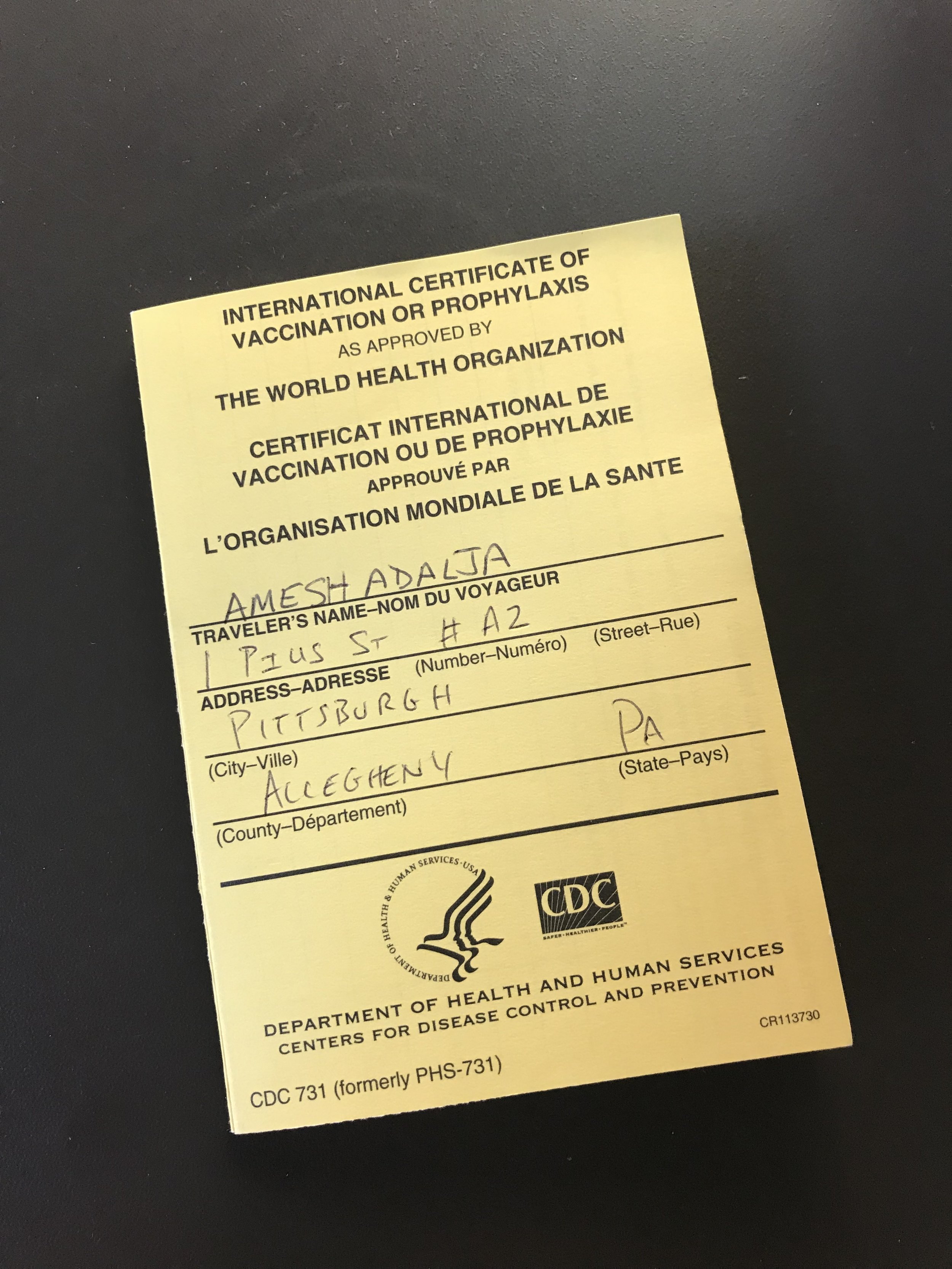One of the most fascinating and impactful infectious disease outbreaks in history is the Black Death. This globally catastrophic event swept over much of the inhabited world in the medieval period when humans entered a cycle of infection between rodents, fleas, and the Yersinia pestis bacterium. There have been many many books written about this topic, some of which I have read. The latest to pop up on my list is very different than many of the others I have read because it is a truly scholarly effort. Plague and Empire in the Early Modern Mediterranean World: The Ottoman Experience 1347-1600 by Rutgers history professor Nukhet Varlik is an exhaustively researched, yet easily readable, treatment of not only how plague impacted the Ottoman Empire but, interestingly, how the Ottoman Empire impacted plague.
The book is divided into three parts and it covers three distinct phases of the plague expertly interweaving the narrative of disease with the workings of the bureaucratic regime that increasingly began to characterize the Ottoman Empire. Varlik shows how the trajectories of a bacterium and an Empire became intertwined. Starting with the nascent empire, Varlik shows how the increasing "constellation of connections" this empire developed -- east/west, north/south -- fostered new vehicles for plague to entire the Empire and to spread throughout and outside of it.
As she writes, "Consolidating the intersecting trade networks connecting the Balkans, Caucasus and Central Asia, Asia Minor, the Arabian Peninsula, Persia, North Africa, and the eastern Mediterranean provided a new set of connections over which plague could spread extensively both within the Ottoman domains and beyond."
A few interesting aspects of the book include:
- An explanation of the "capital effect" of migration to a major city such as Istanbul, which she labels a "magnet"
- The fact that not having enough fleas or lice on one's body was considered abnormal during this time period (having none could mistake one for being a leper)
- The first plague outbreaks spread from Europe to the Empire
- Once Cairo was incorporated into the empire both a east-west and north-south axis of plague spread became entrenched and plague became more endemic in the Empire
- Murders could go unnoticed if thought to be from plague
The book's value also lies in how it captures the medicalization of plague and how it moved from being the "decree of heaven" to something that, though the cause was not known, was natural and how reliance shifted from religious to secular authorities. The rise of public health measures in the Empire also developed in response to the plague.
Today plague is largely a forgotten disease in most of the Western World -- indeed people have forgotten that the Western US is home to plague and each time an animal or human case is reported, the media takes notice.
Plague is not the threat it was in the 1300s because humans tamed it through the use of their minds.By discovering its flea vector, describing its various forms (bubonic, septicemic, and pneumonic), and developing effective antibiotic therapies plague was defanged and naturally occurring plague can really never threaten the human race (a bioterrorist attack is whole different matter). However, it is important to be able to recognize what an infectious disease could do under the right circumstances and how networks of trade and commerce facilitate the passage of good and microbes and for this, Plague and Modern Empire is an excellent resource.





